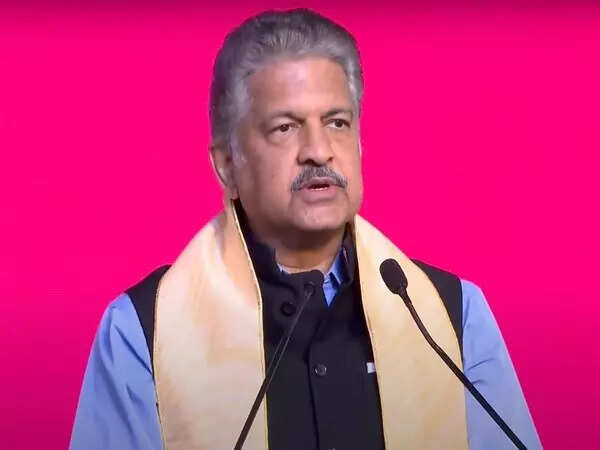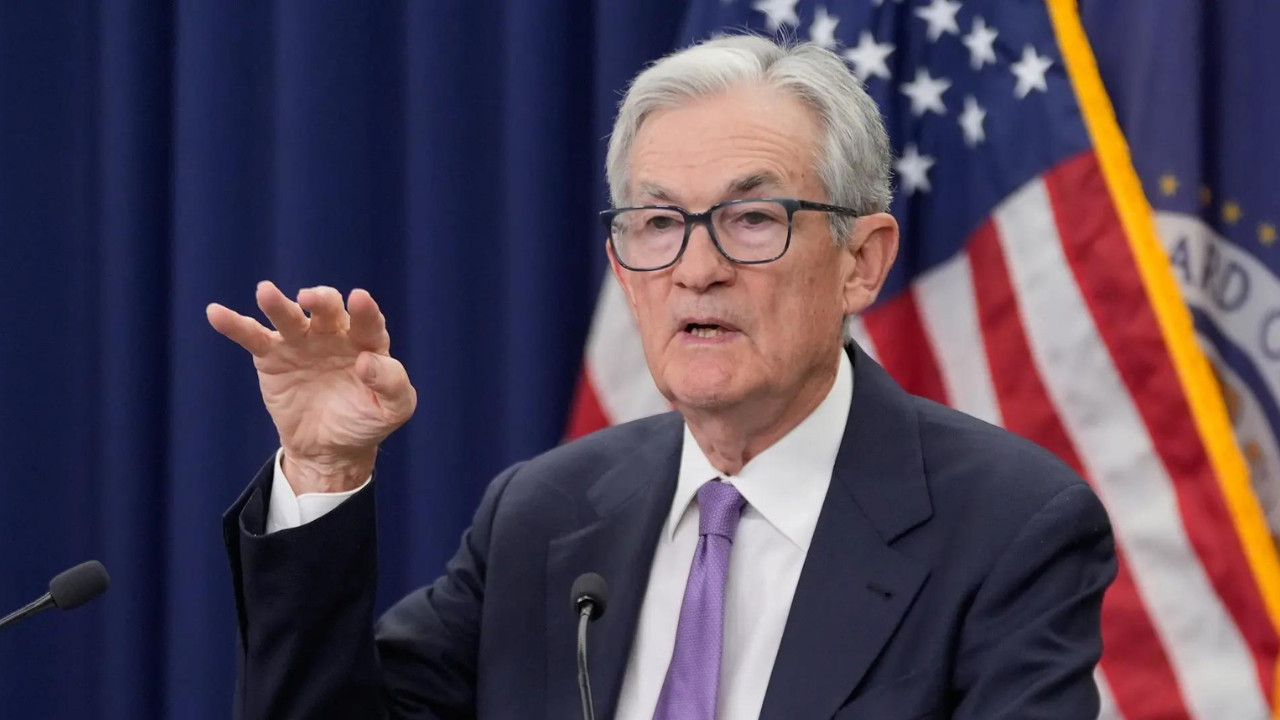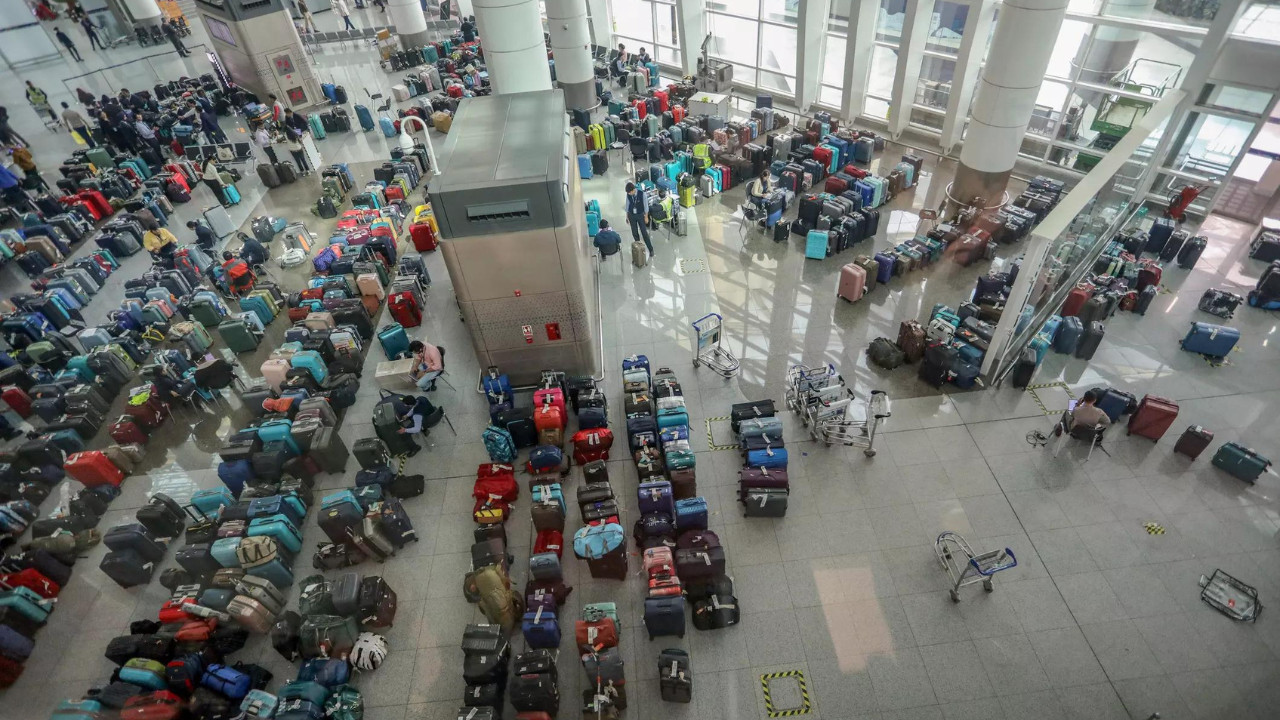Amidst escalating trade tensions with the U.S. over tariffs and oil imports from Russia, Mahindra Group chairman Anand Mahindra has called for India to seize the moment for bold economic reforms. He suggests improving the ease of doing business through a single-window clearance system and unlocking tourism’s potential by streamlining visa processes and developing dedicated tourism corridors.
Navigating the Tariff Tightrope: Can India Turn Trump’s Challenge into Opportunity?
Donald Trump’s recent proposal to slap a 25% tariff on all goods imported into the US has sent ripples across the global economy, and India is watching with keen interest. This isn’t just about dollars and cents; it’s about strategic positioning in a world increasingly grappling with protectionist policies. But is this a doomsday scenario, or could India potentially leverage this challenge for future growth?
Anand Mahindra, chairman of the Mahindra Group, recently weighed in on the matter, highlighting the “law of unintended consequences.” It’s a phrase that resonates deeply in the current geopolitical climate. Actions taken with one purpose often spark unexpected reactions, and the US tariff proposal is no exception. The real question isn’t just about weathering the immediate storm but about anticipating what might come next.
Understanding the Potential Impact of New Tariffs on India
A blanket 25% tariff on Indian exports to the US would undoubtedly sting. The US remains a significant market for Indian goods, ranging from textiles and pharmaceuticals to engineering products. Such a hefty tariff could make Indian products less competitive, potentially impacting export volumes and revenue for Indian businesses. Sectors like gems and jewelry, which rely heavily on the US market, could face particularly challenging times.
Furthermore, there’s the psychological impact. The threat of tariffs creates uncertainty, which can deter investment and impact business confidence. Companies may hesitate to expand production or enter new markets if they’re unsure about future trade conditions. This hesitation can ripple through the economy, affecting job creation and overall growth.
However, focusing solely on the negative aspects would be short-sighted. Challenges can also be catalysts for innovation and change. And the concept of a “global manthan,” a churning of the global economic order, might actually yield “amrit” – a nectar of opportunity – for India if approached strategically.
The Silver Linings: Where Opportunity Knocks
India’s strength lies in its adaptability and entrepreneurial spirit. This situation provides a unique opportunity to diversify its export markets. Reducing reliance on any single country is a sound strategy, and this tariff proposal might just be the nudge India needs to aggressively pursue new trade partnerships in regions like Africa, Latin America, and Southeast Asia.
Moreover, this could be the perfect moment to boost domestic manufacturing. With imported goods becoming more expensive in the US, Indian manufacturers might find it easier to compete in their own backyard. Government initiatives like “Make in India” could receive a significant boost as businesses look inward for growth opportunities. Incentives to support local production, improve infrastructure, and streamline regulatory processes could prove crucial.
Innovation is also key. Indian companies need to invest in research and development to create higher-value, technologically advanced products that can compete on quality rather than price. Focusing on niche markets and developing specialized products could also provide a competitive edge, circumventing the impact of broad-based tariffs.

Beyond Trade Wars: Building Resilience
Ultimately, the most important lesson from this situation is the need for economic resilience. A strong domestic economy, diversified trade relationships, and a focus on innovation are the best defenses against the volatility of the global marketplace. We can’t control the actions of other nations, but we can control how we respond to them. India’s response will determine whether this potential tariff becomes a setback or a stepping stone to greater economic strength. This is a good time to consider how other countries are responding to international trade conditions, and the potential benefits to India of stronger trading partnerships within the BRICS nations.
The path forward isn’t about complaining about the proposed tariffs; it’s about proactively seeking solutions, adapting to the changing landscape, and transforming challenges into opportunities. The “global manthan” is underway, and India has the potential to emerge stronger and more resilient than ever before.







